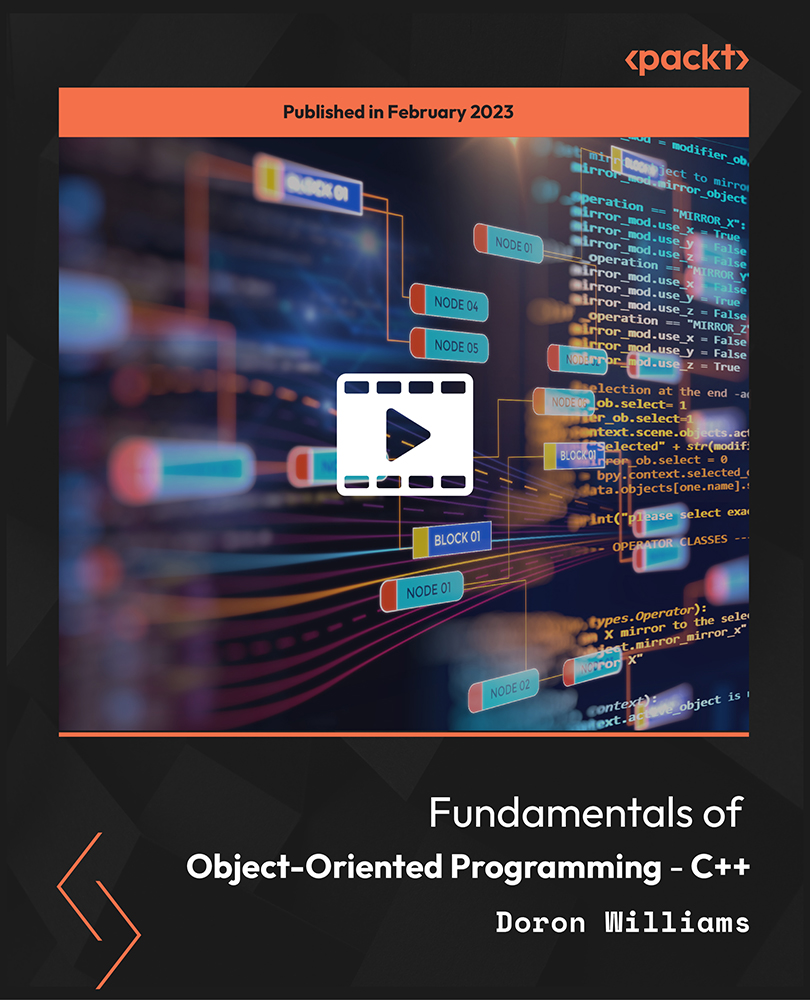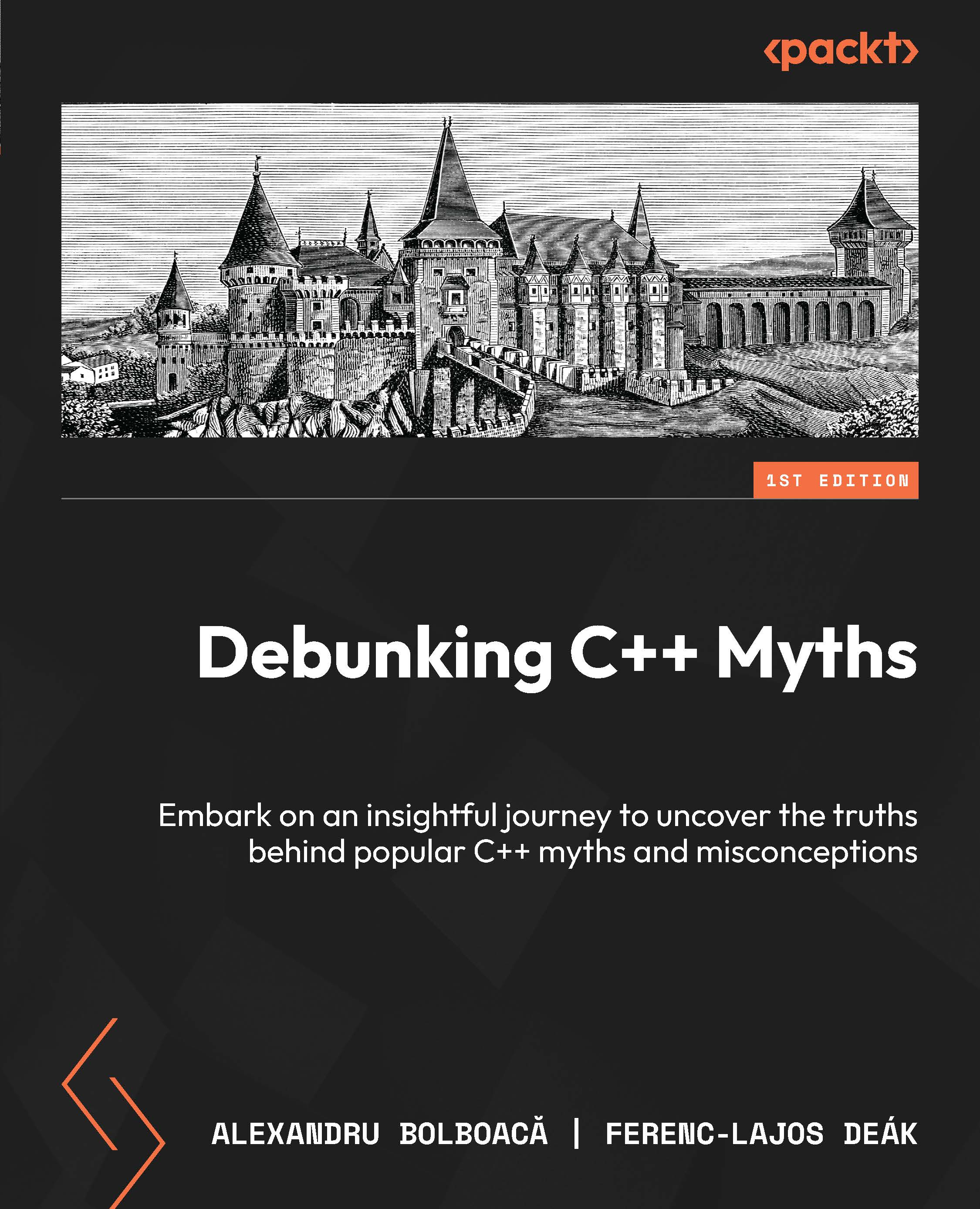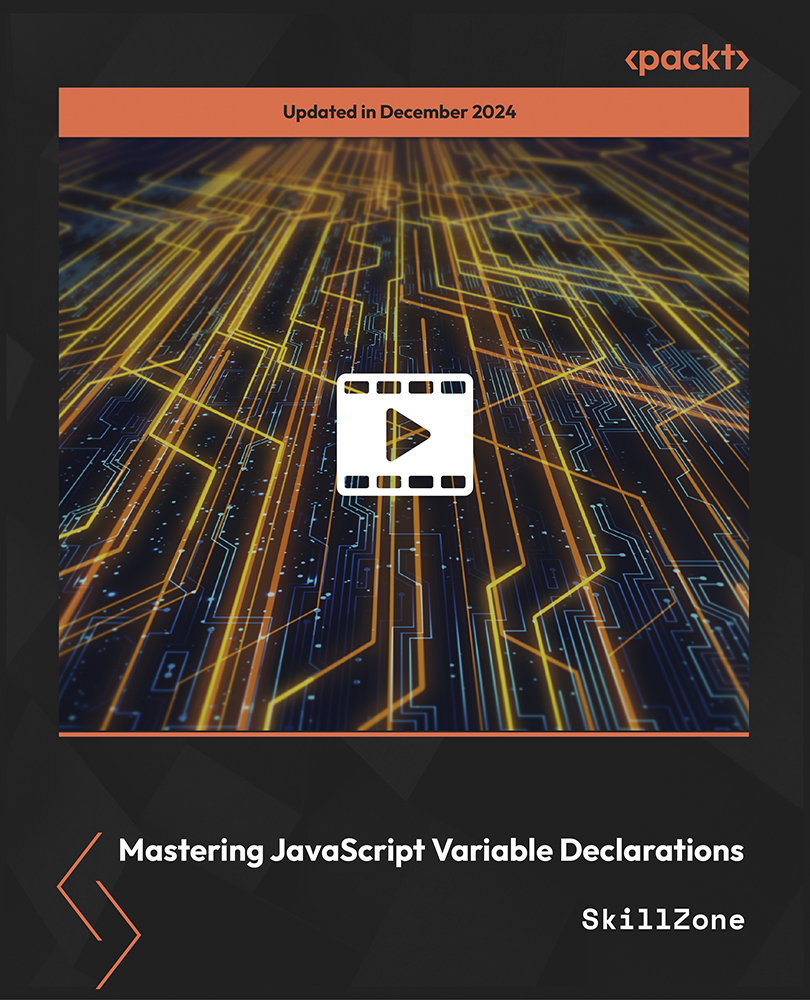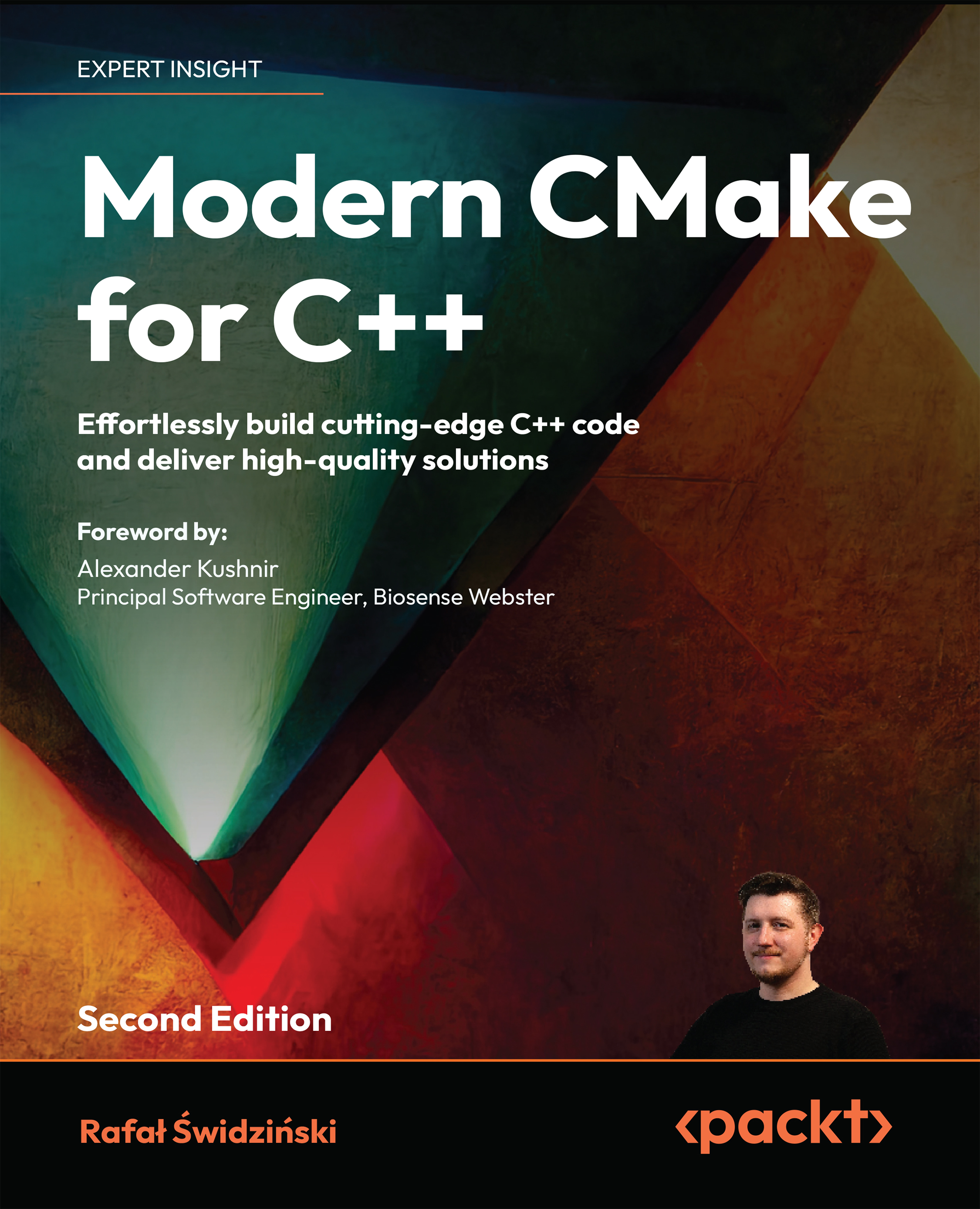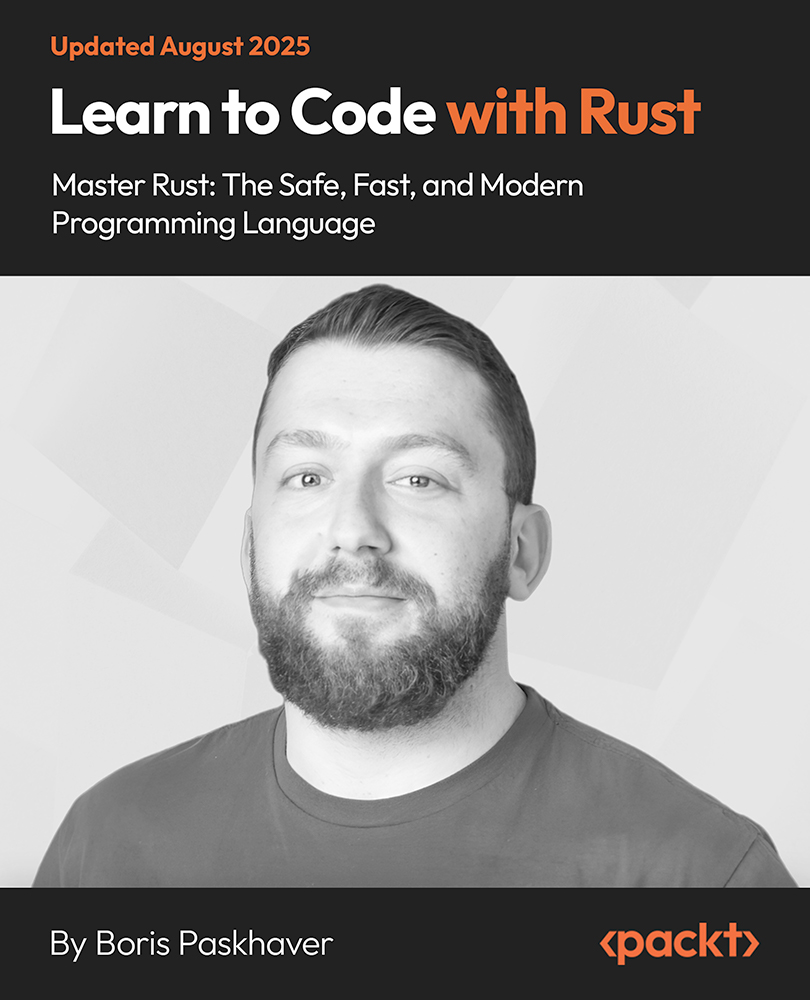This book is all about protocol-oriented programming. When Apple announced Swift 2 at the World Wide Developers Conference (WWDC) in 2015, they also declared that Swift was the world's first protocol-oriented programming language. From its name, we may assume that protocol-oriented programming is all about the protocol; however, this would be incorrect. Protocol-oriented programming is about so much more than just the protocol; it's actually a new way of not only writing applications, but also how we think about application design.
In this chapter, you will learn about the following topics:
- How to define property and functional requirements within a protocol
- How to use protocol inheritance and composition
- How to use a protocol as a type
- What is polymorphism?
- How to use associated types with protocols
- How to implement the delegation pattern with protocols
- How to design type requirements with protocols
If you are coming from an object-oriented programming background, you may be familiar with the interface. In the object-oriented world, for most languages, the interface is a type that contains method and property signatures but does not contain implementation details. An interface can be considered a contract where any type that conforms to the interface must implement the required functionality defined within it. Most object-oriented developers rarely use interfaces as the focal point for their application design unless they are working with a framework similar to the Open Service Gateway Initiative (OSGi) framework. In protocol-oriented programming, the protocol is the focal point of your design.
When we are designing an application in an object-oriented way, we usually begin by focusing on the class hierarchy and how the objects interact. The object is a data structure that contains information about the attributes of the object in the form of properties, and the actions performed by or to the object in the form of methods. We cannot create an object without a blueprint that tells the application what attributes and actions to expect from the object. In most object-oriented languages, this blueprint comes in the form of a class. A class is a construct that allows us to encapsulate the properties and actions of an object into a single type.
Designing an application in a protocol-oriented way is significantly different from designing it in an object-oriented way. Rather than starting with the class hierarchy, protocol-oriented design says that we should start with the protocol. While protocol- oriented design is about so much more than just the protocol, we can think of the protocol as its backbone. After all, it would be pretty hard to have protocol-oriented programming without the protocol.
A protocol in Swift is similar to the interface in object-oriented languages, where the protocol acts as a contract that defines the methods, properties, and other requirements that are needed by our types to perform their tasks. We say that the protocol acts as a contract because any type that conforms to the protocol promises to implement the requirements defined by the protocol itself. If a type says that it conforms to a protocol and it doesn't implement all the functionality defined by the protocol, we will get a compile-time error and the project will not compile. In Swift, any class, structure, or enumeration can conform to a protocol.
We've just mentioned that the protocol is similar to the interface. Don't be fooled by this comparison because even though the interface and the protocol are similar, protocols in Swift are actually far more powerful than the interface in most object-oriented languages. As you read this book, you will find out how powerful Swift protocols can be.
Most modern object-oriented programming languages implement their standard library with a class hierarchy; however, the basis of Swift's standard library is the protocol (http://swiftdoc.org). Therefore, not only does Apple recommend that we use the protocol-oriented programming paradigm in our applications, but to also use it in the Swift standard library.
With the protocol being the basis of the Swift standard library and also the backbone of the protocol-oriented programming paradigm, it is very important that we fully understand what the protocol is and how we can use it. In this chapter, we will cover not only the basics of the protocol but also provide an understanding on how it can be used in application design.
 United States
United States
 Great Britain
Great Britain
 India
India
 Germany
Germany
 France
France
 Canada
Canada
 Russia
Russia
 Spain
Spain
 Brazil
Brazil
 Australia
Australia
 Singapore
Singapore
 Canary Islands
Canary Islands
 Hungary
Hungary
 Ukraine
Ukraine
 Luxembourg
Luxembourg
 Estonia
Estonia
 Lithuania
Lithuania
 South Korea
South Korea
 Turkey
Turkey
 Switzerland
Switzerland
 Colombia
Colombia
 Taiwan
Taiwan
 Chile
Chile
 Norway
Norway
 Ecuador
Ecuador
 Indonesia
Indonesia
 New Zealand
New Zealand
 Cyprus
Cyprus
 Denmark
Denmark
 Finland
Finland
 Poland
Poland
 Malta
Malta
 Czechia
Czechia
 Austria
Austria
 Sweden
Sweden
 Italy
Italy
 Egypt
Egypt
 Belgium
Belgium
 Portugal
Portugal
 Slovenia
Slovenia
 Ireland
Ireland
 Romania
Romania
 Greece
Greece
 Argentina
Argentina
 Netherlands
Netherlands
 Bulgaria
Bulgaria
 Latvia
Latvia
 South Africa
South Africa
 Malaysia
Malaysia
 Japan
Japan
 Slovakia
Slovakia
 Philippines
Philippines
 Mexico
Mexico
 Thailand
Thailand




